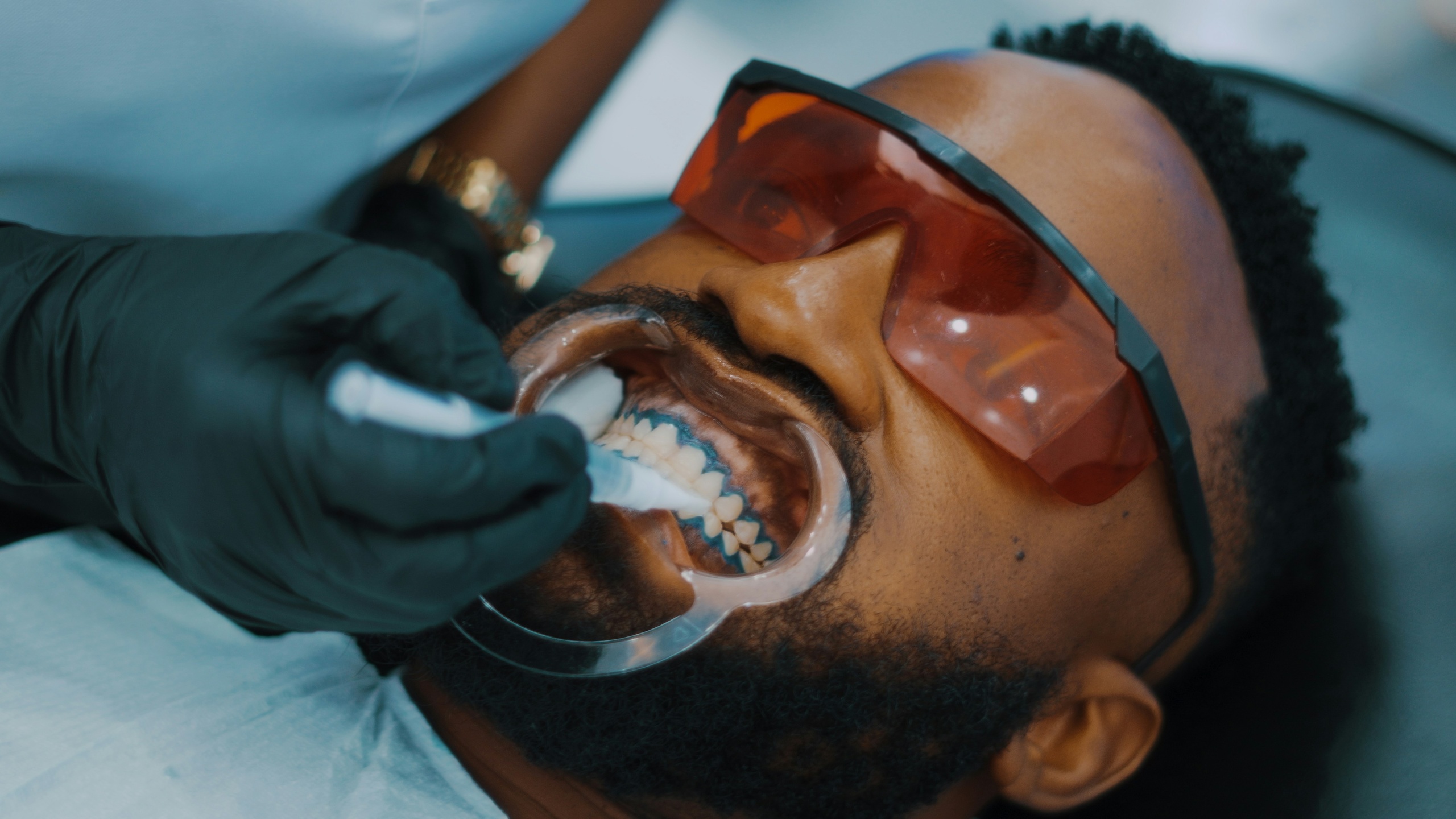Laser dentistry represents a significant leap forward in dental care, offering a blend of precision, reduced discomfort, and quicker recovery times that traditional methods struggle to match. Since its inception a few decades ago, the adoption of laser technology in dental practices has surged, driven by its effectiveness and the myriad of benefits it brings to both dentists and patients. This innovative approach to dental care utilizes high-powered light beams to perform a wide range of procedures, from simple cavity fillings to complex gum reshaping, transforming the dental experience into one that is less invasive and more comfortable. The journey of laser dentistry from an experimental technique to a cornerstone of modern dental care underscores its undeniable value and potential to further evolve, making it an exciting area of growth in the field of dentistry.
The roots of laser dentistry trace back to the early 1960s, with the development of the carbon dioxide laser, marking the beginning of a new era in medical and dental procedures. This initial foray into laser technology laid the groundwork for the sophisticated dental lasers in use today, capable of both cutting through tissue with incredible precision and stimulating the regeneration of damaged nerves and blood vessels. The versatility of dental lasers is evident in their wide range of applications, from enhancing the effectiveness of teeth whitening treatments to the intricate work of nerve regeneration. As laser technology continues to advance, its role in dentistry expands, offering new and improved ways to address dental health issues with minimal pain and faster healing times.
The Mechanics of Laser Dentistry
At its core, laser dentistry relies on the emission of concentrated light beams to perform dental procedures. These lasers work by delivering energy in the form of light, which, when applied to dental tissue, can be used to shape or remove the tissue with unparalleled precision. The specific type of laser used—whether for hard tissue applications like cavity preparation or soft tissue procedures such as gum reshaping—depends on the wavelength of the light, which determines how the laser interacts with different dental tissues. This precision not only allows for more conservative treatments, preserving more of the healthy tooth structure but also minimizes the trauma to surrounding tissues, leading to less post-operative discomfort and quicker healing.
One of the most significant advantages of laser dentistry is its ability to reduce the need for traditional dental drills and local anesthesia, making dental visits less anxiety-inducing for patients. Lasers can often perform the same tasks as drills but with less noise and vibration, which are major sources of dental phobia. Furthermore, the cauterizing effect of lasers reduces bleeding during and after procedures, and their ability to sterilize the treatment area decreases the risk of infection. These benefits collectively contribute to a more pleasant and less stressful dental experience, encouraging patients to seek timely and regular dental care.
Applications and Benefits of Laser Dentistry
The scope of laser dentistry extends beyond basic dental procedures to include a variety of cosmetic and therapeutic applications. Lasers are instrumental in teeth whitening, where they activate the bleaching agents for faster and more effective results. In gum contouring, lasers provide a minimally invasive way to reshape the gum line for a more aesthetically pleasing smile. Additionally, lasers play a crucial role in treating periodontal disease, removing diseased gum tissue and promoting the regeneration of healthy gums without the need for scalpel incisions or sutures.
Beyond the cosmetic enhancements, laser dentistry offers therapeutic benefits, such as the treatment of temporomandibular joint (TMJ) disorders and the stimulation of nerve and tissue regeneration through low-level laser therapy (LLLT). These applications highlight the therapeutic potential of lasers in addressing conditions that significantly impact patients’ quality of life, offering relief and recovery with minimal side effects.
Navigating the Future of Laser Dentistry
As laser technology continues to evolve, its integration into dental practices is set to increase, promising even more innovative applications and improved patient outcomes. The ongoing research and development in laser dentistry not only aim to enhance the capabilities of existing laser treatments but also to explore new frontiers in dental care. With a focus on patient comfort, procedural efficiency, and clinical excellence, laser dentistry is poised to remain at the forefront of dental innovation.
The journey of laser dentistry from its early experimental days to its current status as a pivotal component of modern dental care exemplifies the transformative power of technology in healthcare. As dental professionals and patients alike embrace the benefits of laser dentistry, its role in shaping the future of dental care is undeniable. With each advancement in laser technology, dentistry takes another step forward in its mission to provide safe, effective, and patient-friendly treatments, making the dental chair a less daunting place for people around the world.




